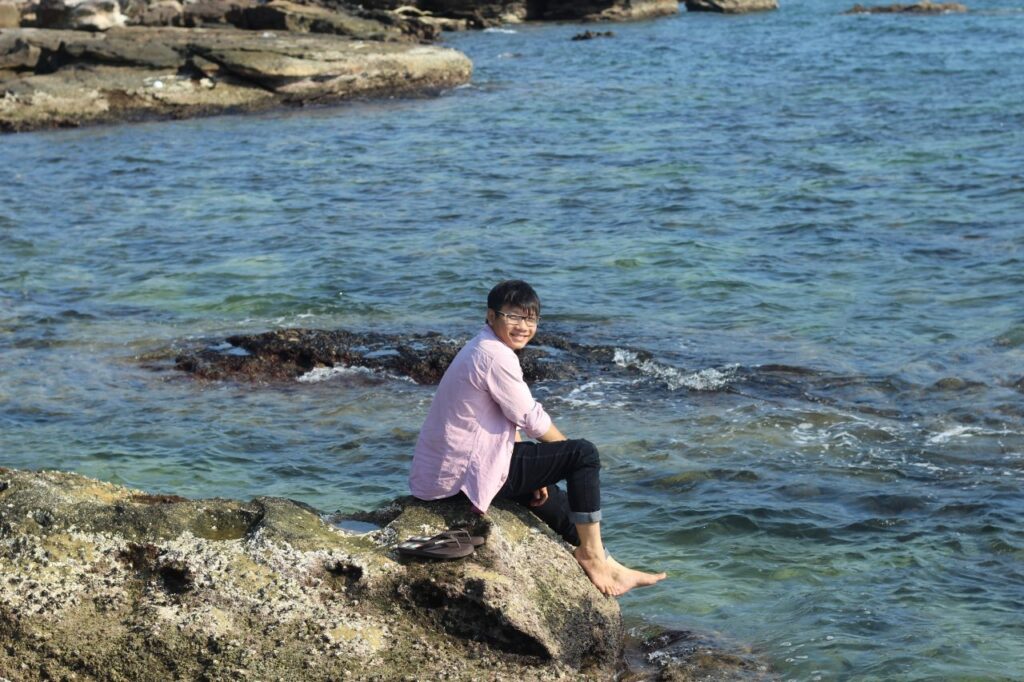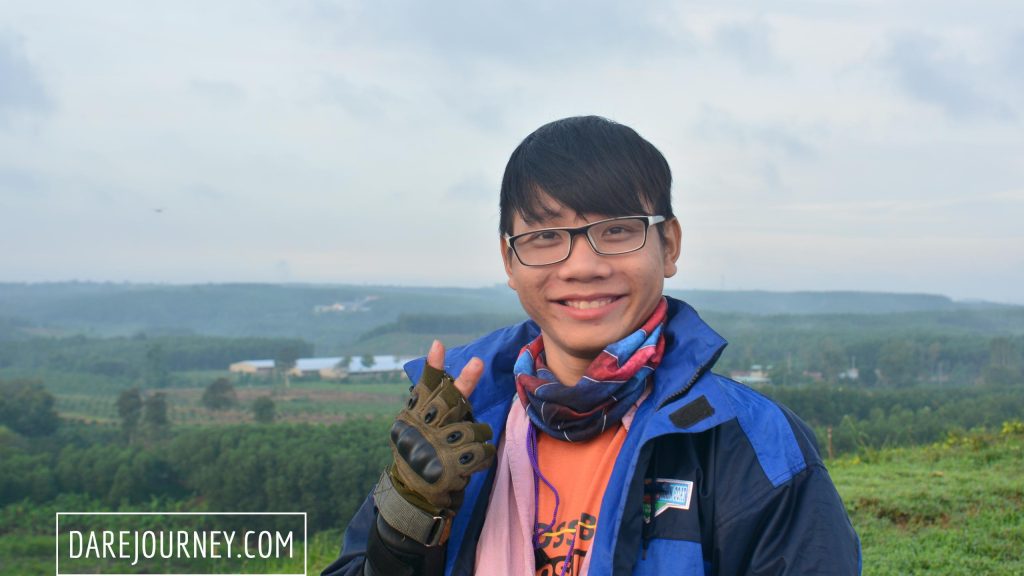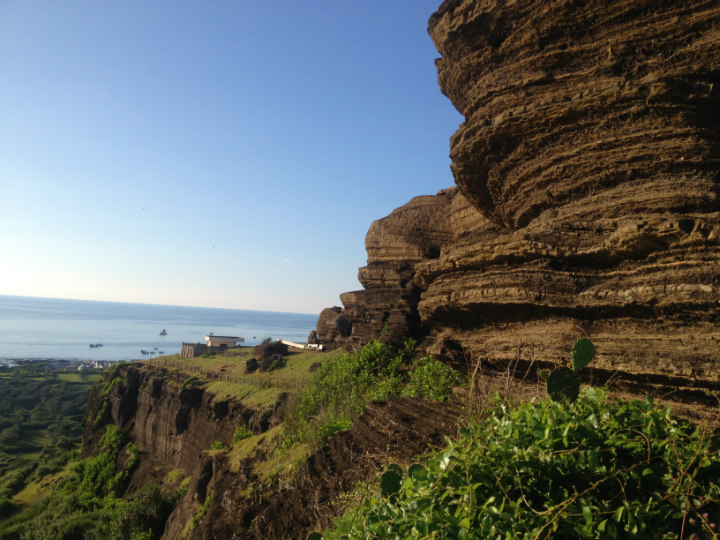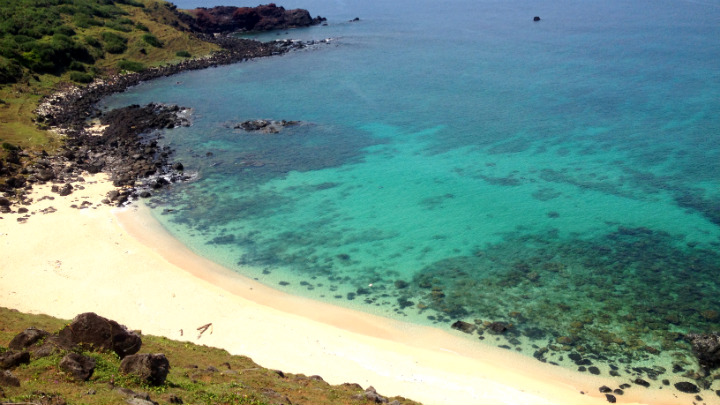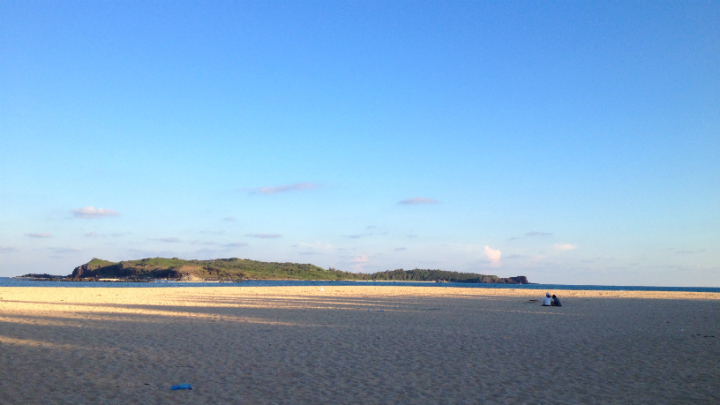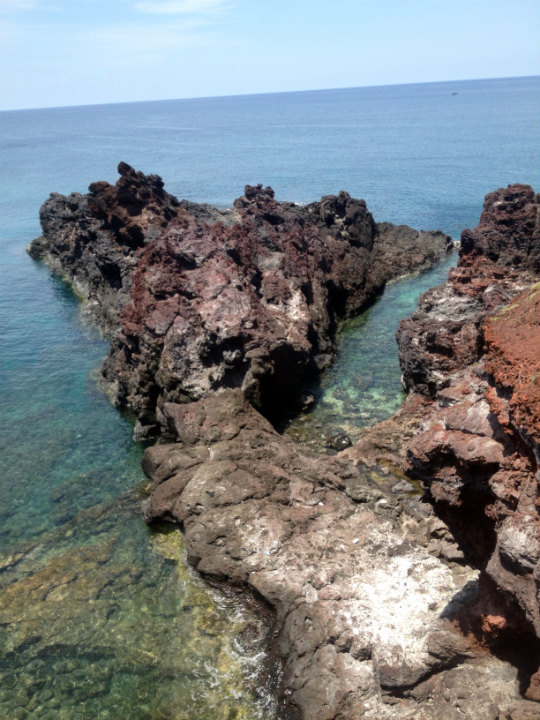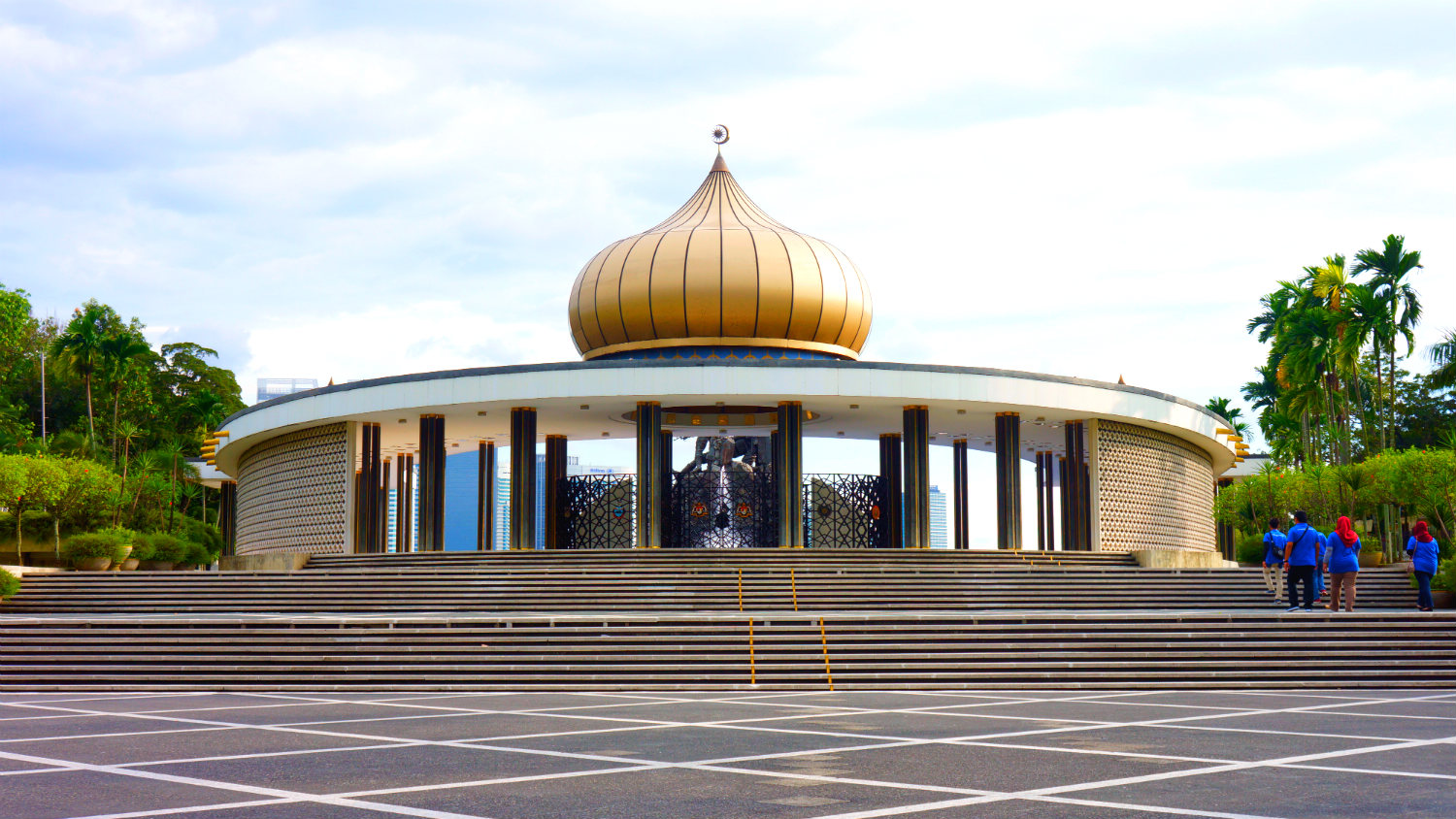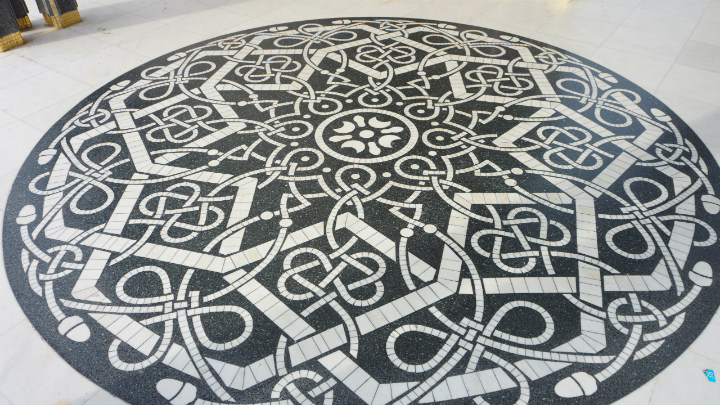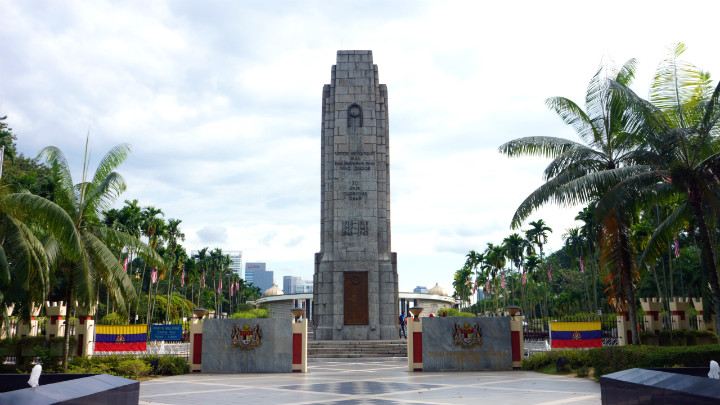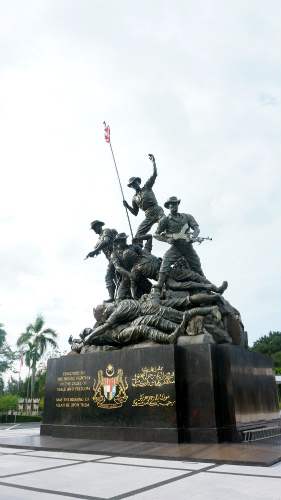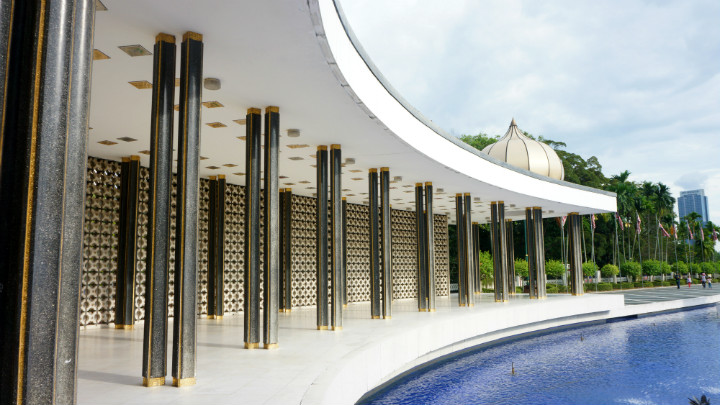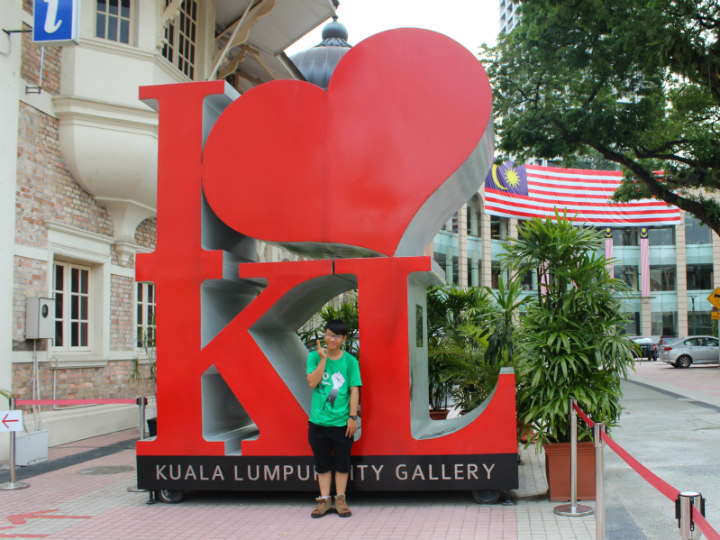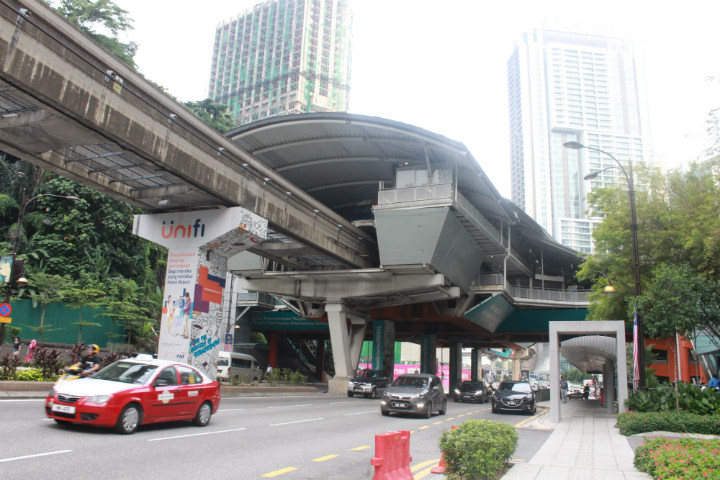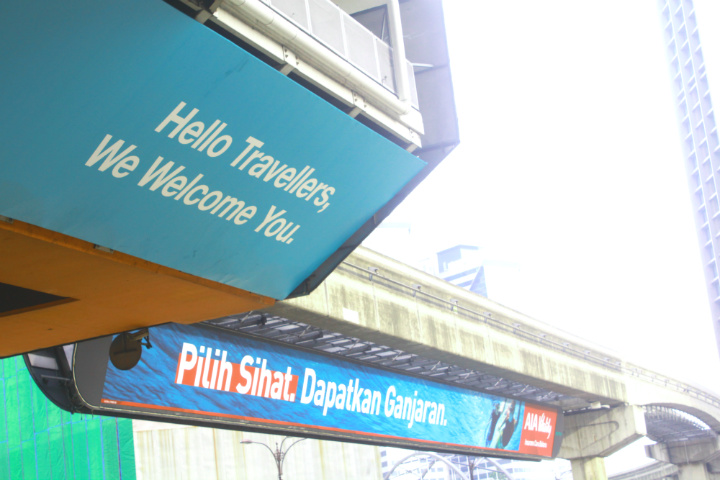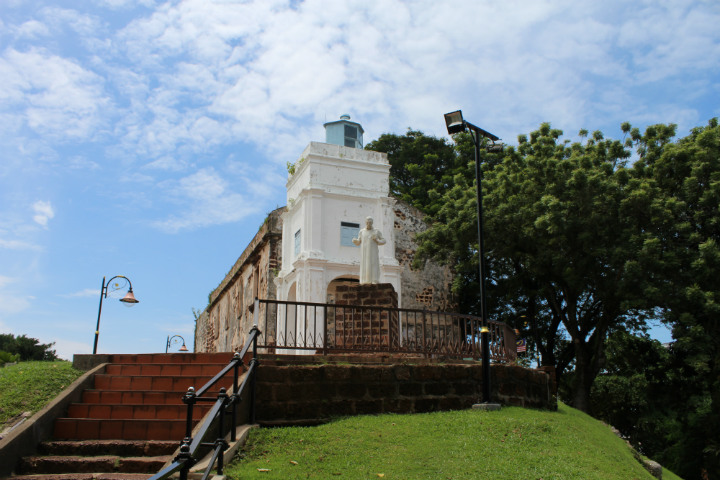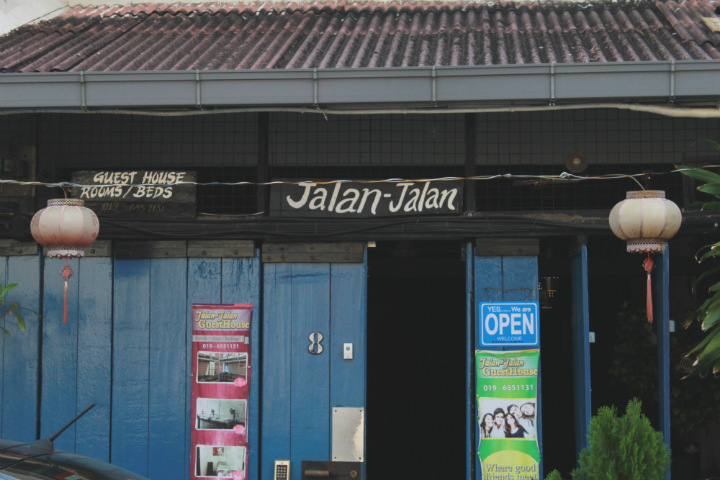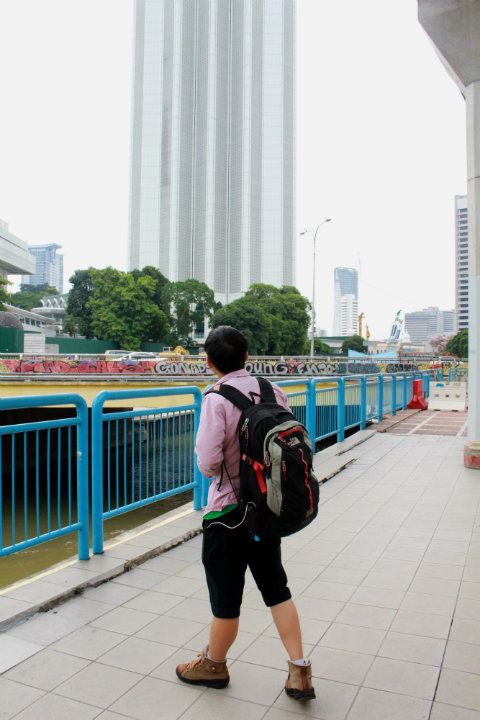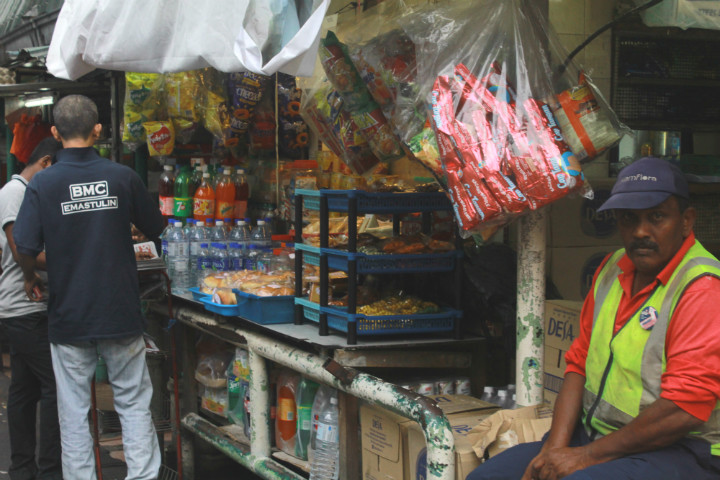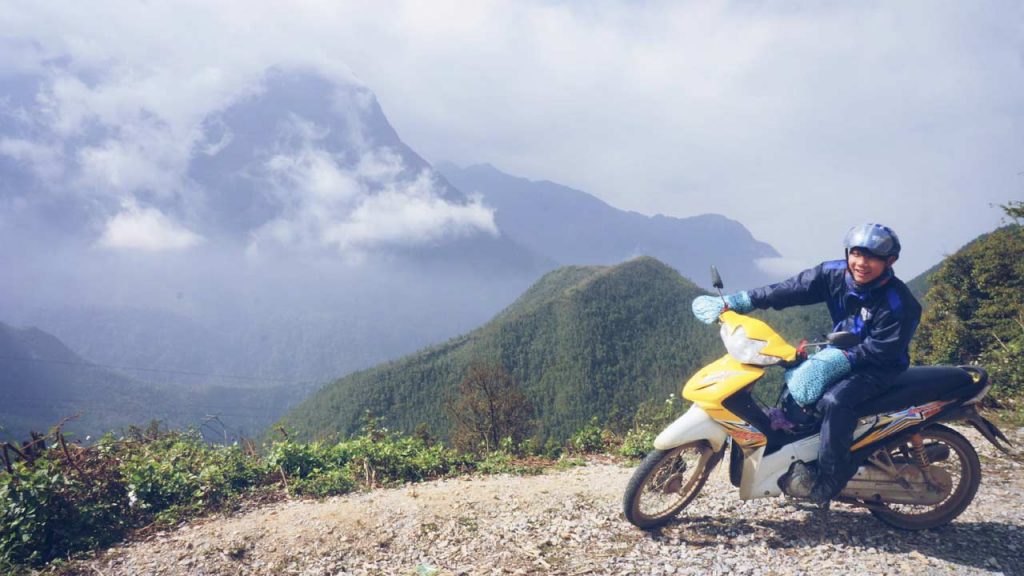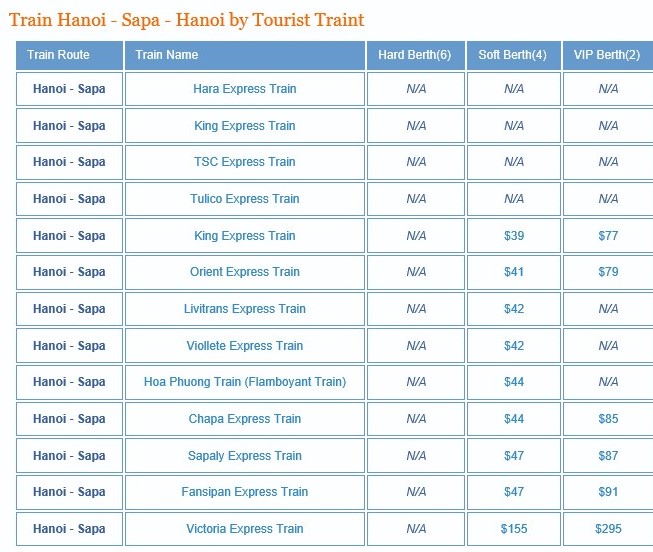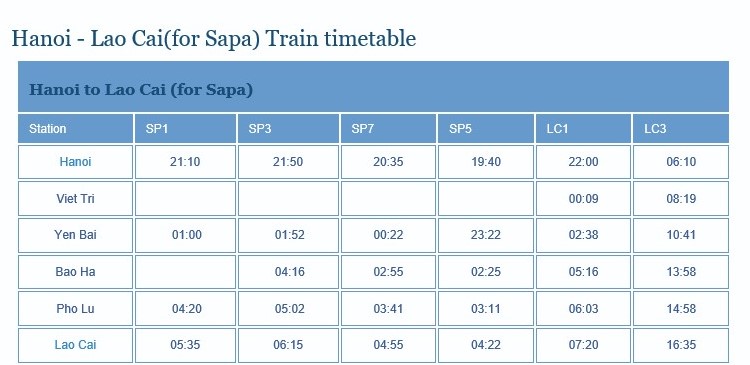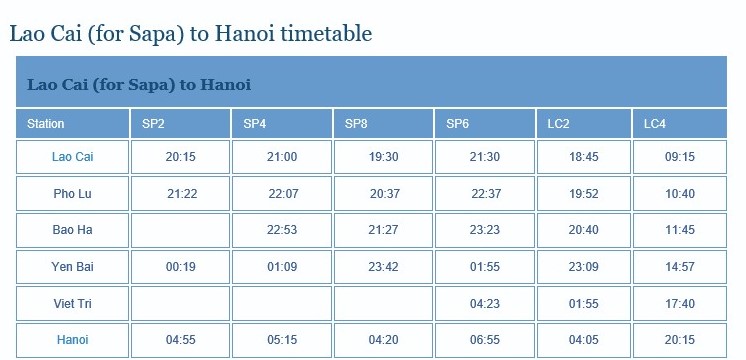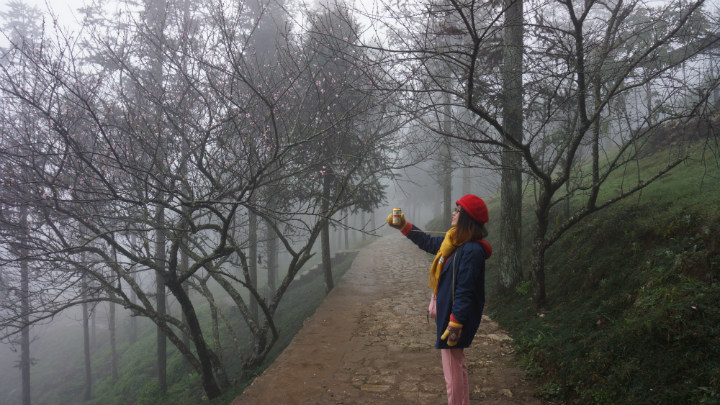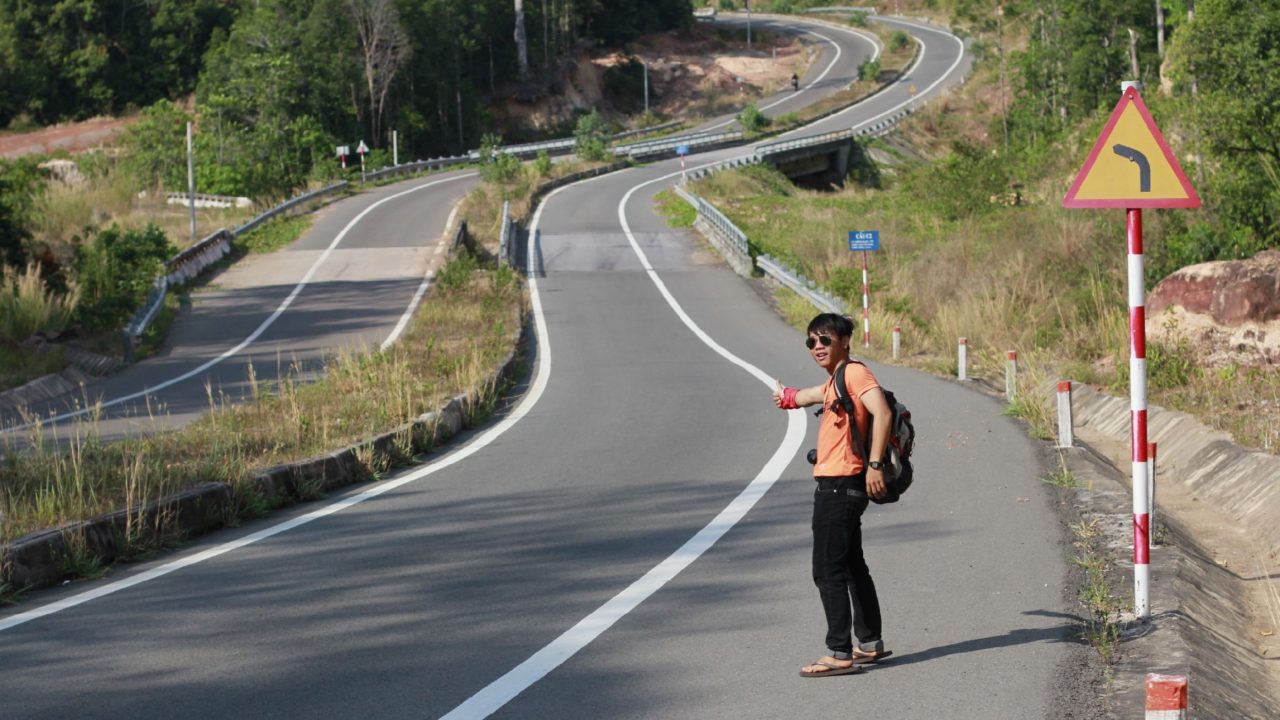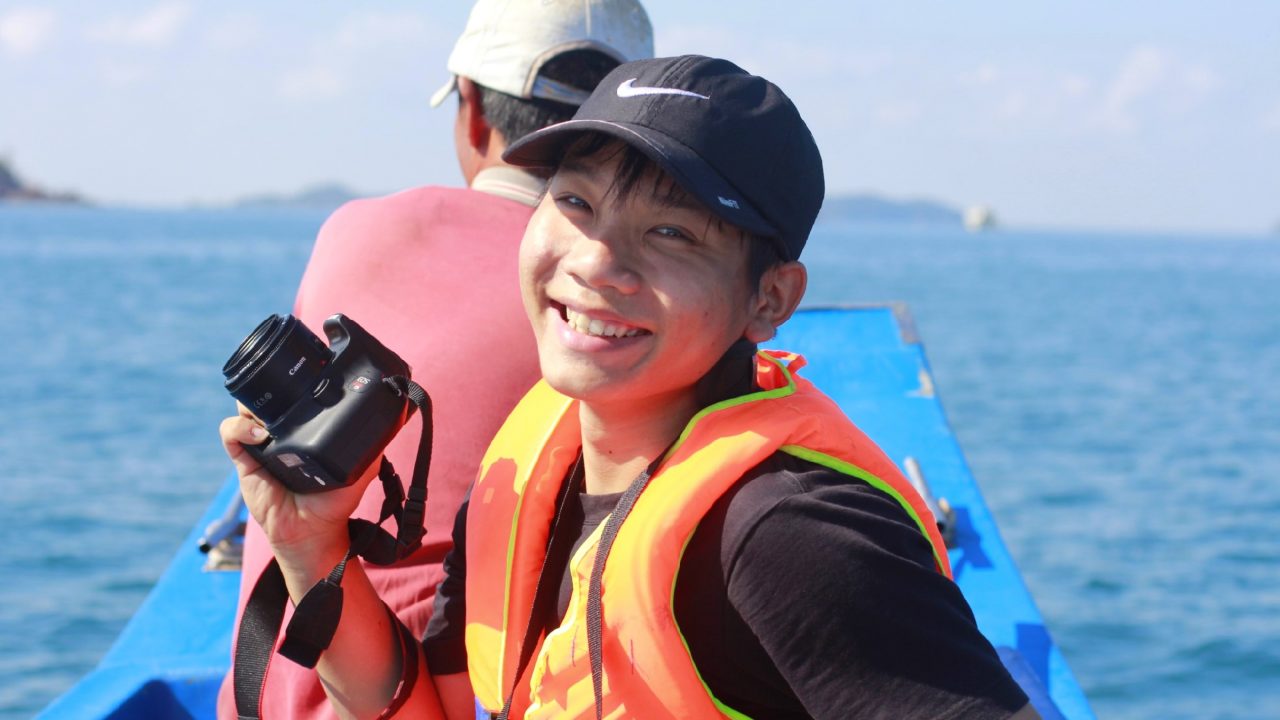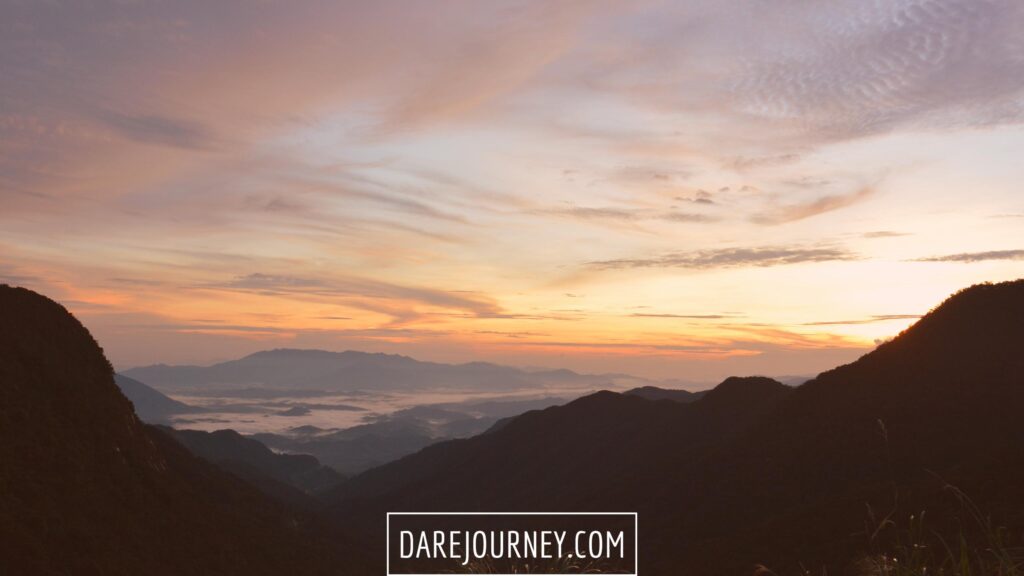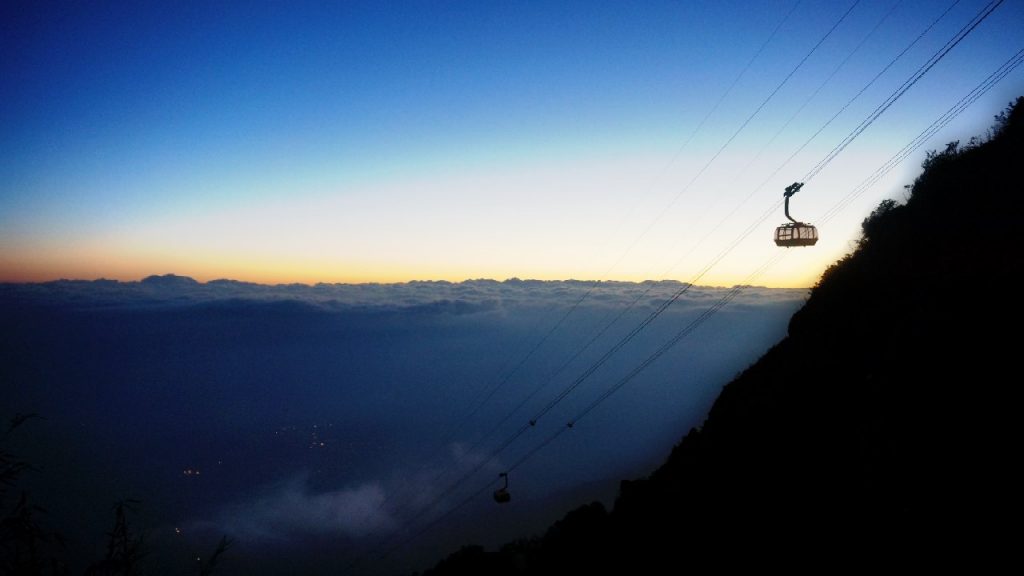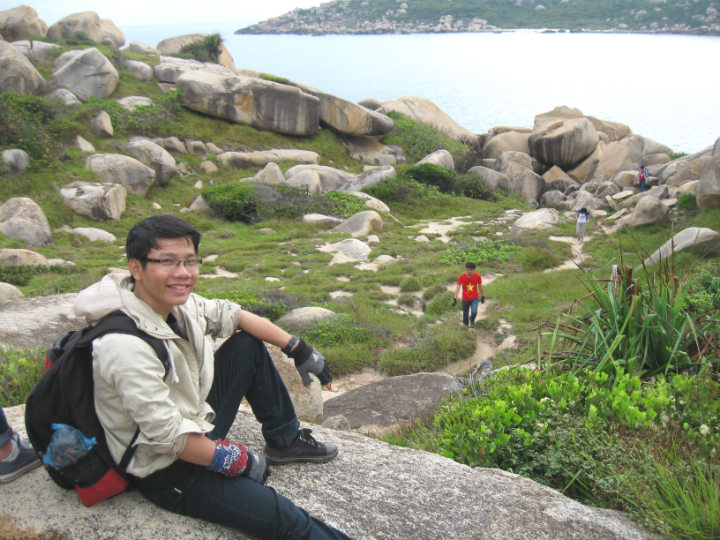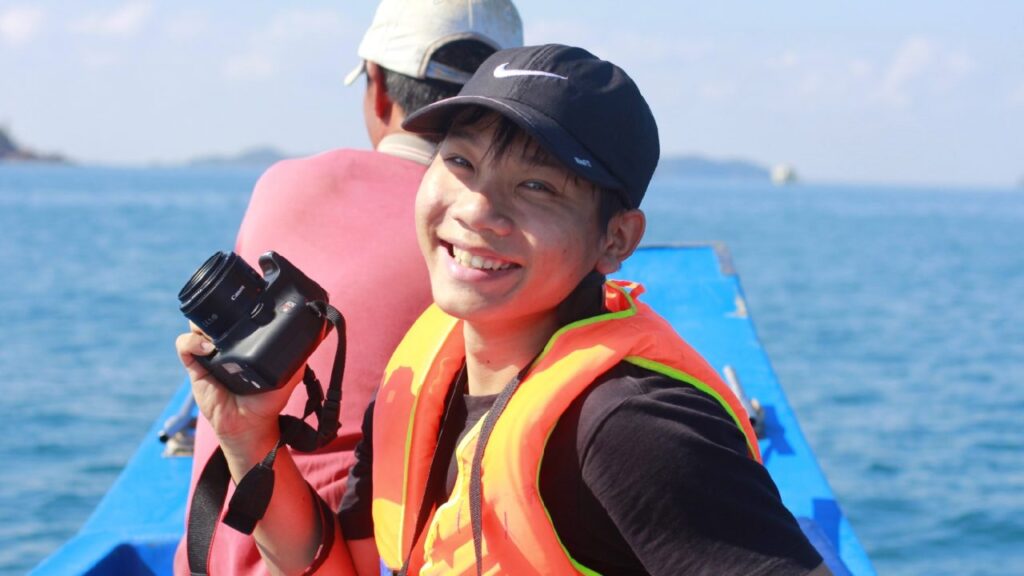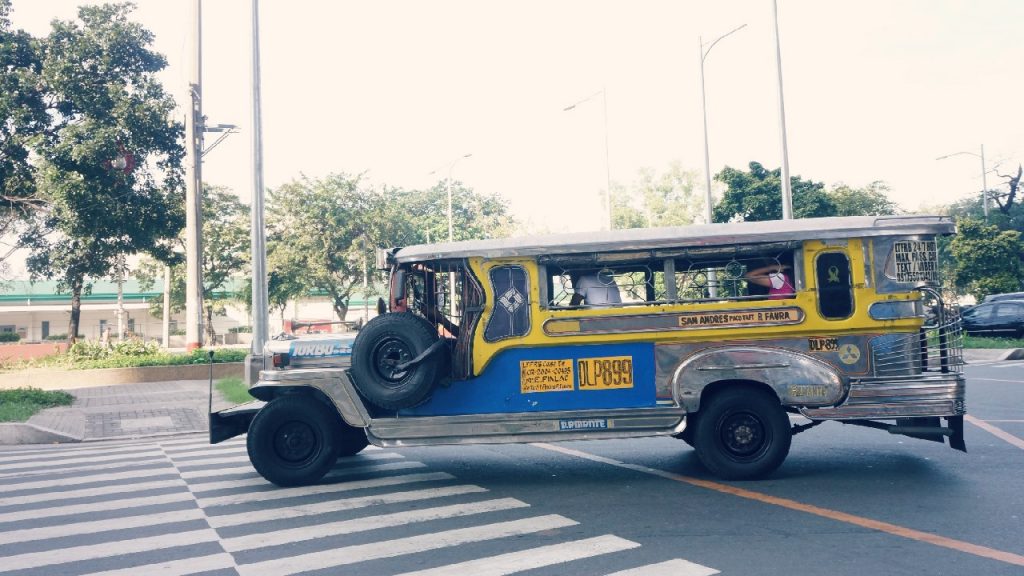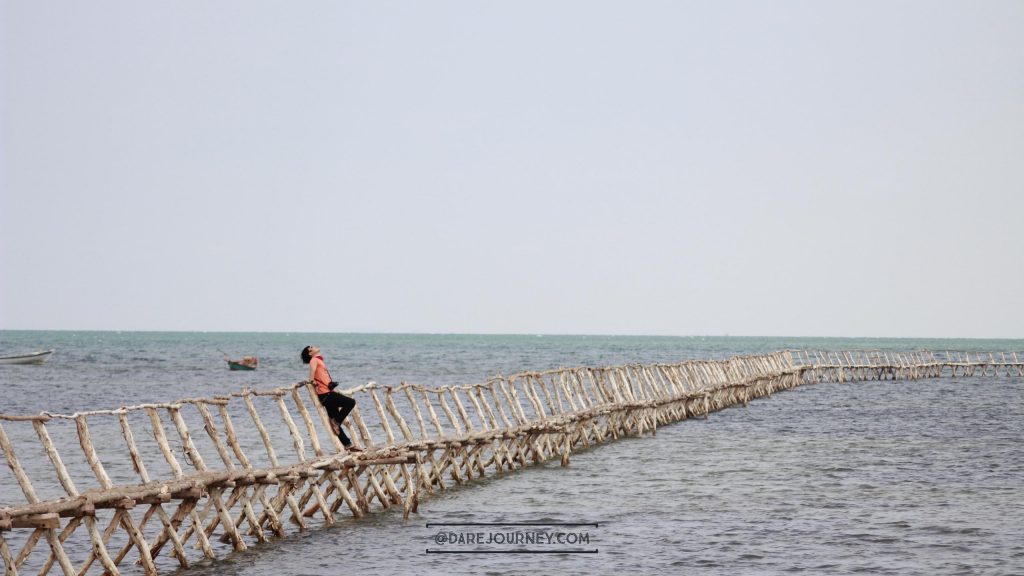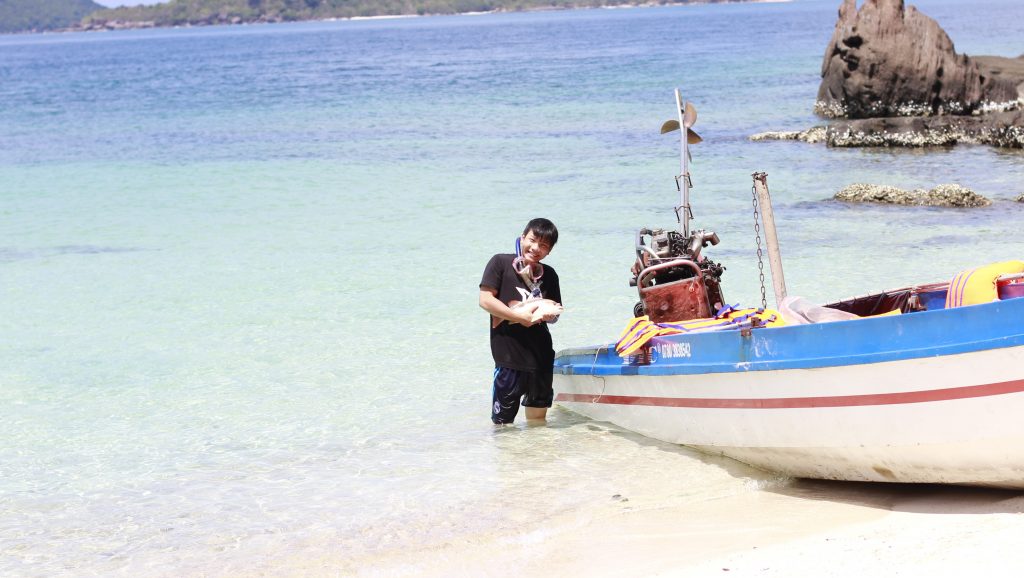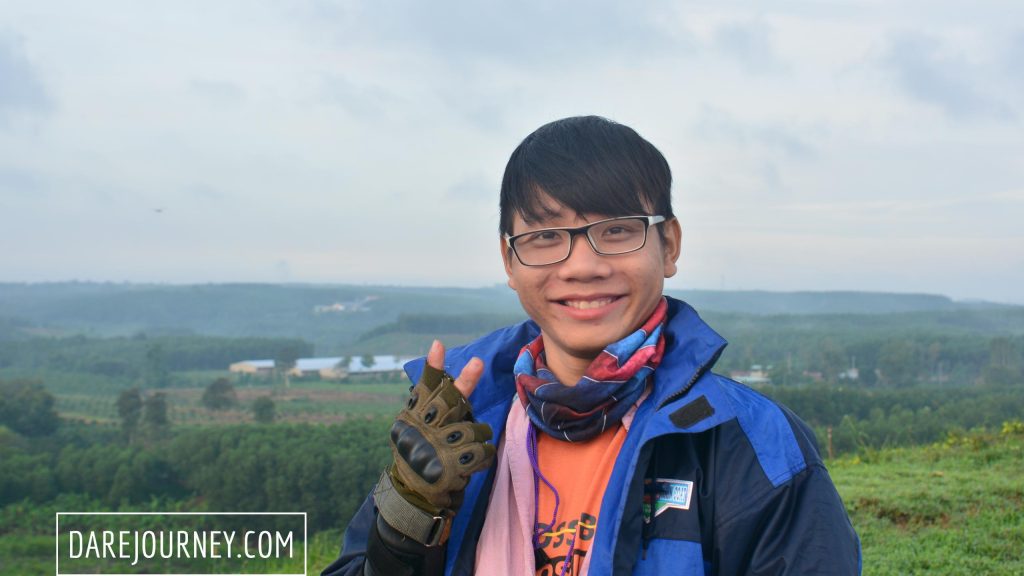Hey no-plan travellers, it’s time to make a budget travel itinerary plan.
Seriously ?
Yes. You want to backpack as many cities as possible within a very tight budget travel? Just make a deal with your plan, it will help you solve most of the problem.
So, how to make it?
This post is here to help you planning your travel itinerary in step-by-step walk-through. The planning process is a lot like puzzle, taking a lot of trial and error before you complete it. The result is worthy, trust me.
Why should I plan an itinerary? I’m a “just do it” fan, yo know!
Ok, I used to be like you too, then one day, I started questioning myself: “What am I doing here?” after a rush travel without any plan, alone. I had few days for each country, it began with a wandering-first day to get used to the city.
But then, “What’s next?”, I didn’t have a certain plan. Therefore, I had to type on google “what to do in ….[the city]”, choosing what suited my budget and wondering whether I should visit them. It’s not funny at all. It wasted my precious time.
Without planning, I wasted a lot of time on trivial stuff that I could have done at home, end up missing a lot of must-do things and spending a lot more money on somethings worth nothing.
Then I knew that I didn’t have to plan out every second of the trip, but a simple homemade-guide
One truth to be told.
The more you plan, the less you’ll spend, the more value you may receive from your journeys.
The best way to save money on high-speed train and airfare is by booking far in advance because prices rise as the departure date nears. Last-minute deals are also good, but what if there’s not any ticket on the day you plan, booking in advance guarantee you can book right tickets on right days at cheaper price.
Accommodation can be cheaper when booked early — because the earlier you book, the more options you have.
Even spending a little time researching restaurants/ food courts can help you find good places that aren’t expensive.
Ready?
STEP ONE — CHOOSE THE SEASON
The very first step of creating a budget travel itinerary is to choose the time of year you want to travel. Each season has its pros and cons so check out. In tropical region like Southeast Asia, there’s two season: dry and rain, so you’d better fly during dry one to get more sunny day (which is great for bathing on the sea).
There are also two season in travel industry: low and peak season (and also shoulder season). To save more money, you should book your trip avoiding peak season. Get more relaxing experience and cheaper price instead of a travel photo album full of tourists and you are overwhelmed inside the crowd.
STEP TWO — HOW LONG YOU STAY ON ROAD, AND WHEN?
The number of days you would travel has a huge impact on how detail of an itinerary you’ll need. My mantra: “the shorter your trip, the more money you wanna save, the more value you’d love to get, the more you need a plan”
Break down.
- An under-two-week vacation should be planned out in-depth because you’re short on time. (And I know you would like to visit tons of places and try tons of things)
- Two-to-four-weak trips need less planning because you have more space to think.
- Doing an over-a-month trip is my style, which can be planned while travelling but you should still do some planning at the very starting weeks.
After reserve a time, just finalize your travel dates. Once you know your exact dates, you’ll be able to start a plan with start/stop dates.
STEP THREE — MUST- DO BUSINESS
Write down anything you are 100% certain you are going to do. For example, staying in house of couch-surfing friend, visit relatives, meeting friends, something that without them, it could ruin your trips.
These are dates that can’t be moved. You’ll have to plan around these events, so they’ll greatly affect your other travel plans.
STEP FOUR — WHERE TO VISIT
This is the most exciting part of planning a budget travel itinerary. You’d need a map and a note to write down places you want visit. You should read more travel guide book, travel sites (darejourney is a great site for it, check out travel bucket list session!), ask friends or visit our Bucket list session for more ideas.
Just put down all the places interesting to you, no matter how much your budget. (don’t limit yourself at this point – “just do it”).
STEP FIVE — NARROW DOWN.
Ok, to the painful part but get your budget travel itinerary more realistic: Narrowing down your list.
You should make three lists:
Places you definitely want to see
Places you really want to see
Places without them, no problem!
You would return this step quite often as you narrow down your list by travel budget, transport, time,… I spend much time on deciding what to put in and put out.
Oh, too bad!
STEP SIX — DETERMINE DAYS IN EACH LOCATION
After make the list, now it’s time to decide how many days you think you’ll want to spend in each city. Remember: don’t rush! I used to travel Philippines – Malaysia – Brunei in 8 days, it’s not interesting at all but very exhausted.
I bursted into tears when I was alone in Brunei, didn’t know why I was there, nothing to have fun. All I tried to do was to take picture as much as possible on a very tight budget. I got tired. I swore not to travel anymore, but now I think that because I was too rush myself to complete my goal “visit every countries in the world” that I forgot to enjoy my journeys. So shame! So don’t make the same mistake.
Naturally, you beginners want to see as much as possible, so you’re trying to put tons of must-do things into a short amount of time. (Do you realize this is the way many tour agency try to bait you out with a short trip full of destination at very cheap price, but it turns out that most of the time you are … on the buses.
You know, you would just end up missing a lot, and especially you get burned out. It is one of the worst things on road, making your trip extremely stressful, and you might get to the point like me, where you hate traveling. Don’t be like me, please!
Years of travel and I see that you should spend a minimum of three full days for big cities. If you start loving a cities, you can easily spend more 2-3 days without getting fed up. Remember that only staying for the minimum will feel like a breeze!
Note: Don’t forget to take travel time into account! Many new guys forget how much time it takes to travel from one city to another, including getting to the airport/train station (you usually have to arrive early), on planes/ buses, then getting to your new hostel, getting lost, checking in,… blab blab. Most of those time I spend writing blog to kill time or read travel guide, but, yes, it will very boring waiting, huh.
Traveling is exhausting when you spend too much time on a plane/train. And you’d end up on hostel bed, too tired to want to do anything.
Last but not least: slow down and to spend more time in each of your destinations, make it last your last trip, don’t ignore anything you love because you run out of time. It’s pity when you’re at home afterall.
STEP EIGHT — DRAW A ROUTE
This step would be quite easy if you’ve done well previous steps.
First, decide you what cities you get in and get out.
Second, open trip planners like google map or ridewithgps, mark your beginning and ending cities, then fill in cities of list in step five in priority order. You know how much time you spend on cities (it’d better using a calendar and blocking time in each cities), so if your schedule of the route is over-timing, then just kill out ones that less important to you.
Last, test your route: is it well timing? Are the most important events and cities included? You put travel time (on plane/ bus/…) in and it’s still perfect fit? Do you love the route?
Decide on the best route to take.
Try to avoid backtracking because it wastes time and money.
Remember to not rush.
STEP NINE — TRANSPORTATION DOES MATTER
Oh, you’re nearly done your budget travel itinerary! One more thing you need to consider is transportation. Travelling from A to B really takes a lot of time and money, as well.
You should think of options and costs. Are you going to use train, planes, car, motorbike or maybe use the bus or … your feet huh ? (I mean hitchhike, ok). Are you going to take multiple forms of transportation? You need to price each option and figure this into your budget.
How much it is going to cost to get from city to city will drain your money. So you don’t have much money, kill more cities off your route, and balance it again.
Note: Rome2Rio.com is an excellent website for estimating transportation options/costs.
Trip planner powered by perfectroute.com is also a great tool for visualizing your itinerary.
STEP TEN — REVIEW
To complete your budget travel itinerary, read it carefully, with your imagination, just dream of it and listen to your heart: Do you love it? And is there anything not right, not logic. Do you miss something? Have you checked the information,…. So try to finalize every details and perfect your plan.
You may put it on travel forum/ facebook group to ask experienced travelers to help you. Mostly people will help you beginners, it’s traveller culture !
Remember that planning will take a lot of time.
Stay persist! And you would be rewarded by the trip <3.
On top of that, Remember that this isn’t about planning every second of your trip. You’ll drive yourself crazy doing that, but you’ll save a lot of money — and frustration — by planning as much as possible.
Small TIPS
Start with English-speaking countries like Philippines or Singapore in Southeast Asia if you do not know any local languages. This also works with a new travelers, when we need emergency help, at least we have local help instead of blocked by language barrier in panic cases. Oh, it would be quite scary!
Jet lag will likely drain your energy for the very first moment after the flight, so stay comfort or take a nap, refill you body with energy drink and snack, then leave your backpack at dorm and start your exploration.
